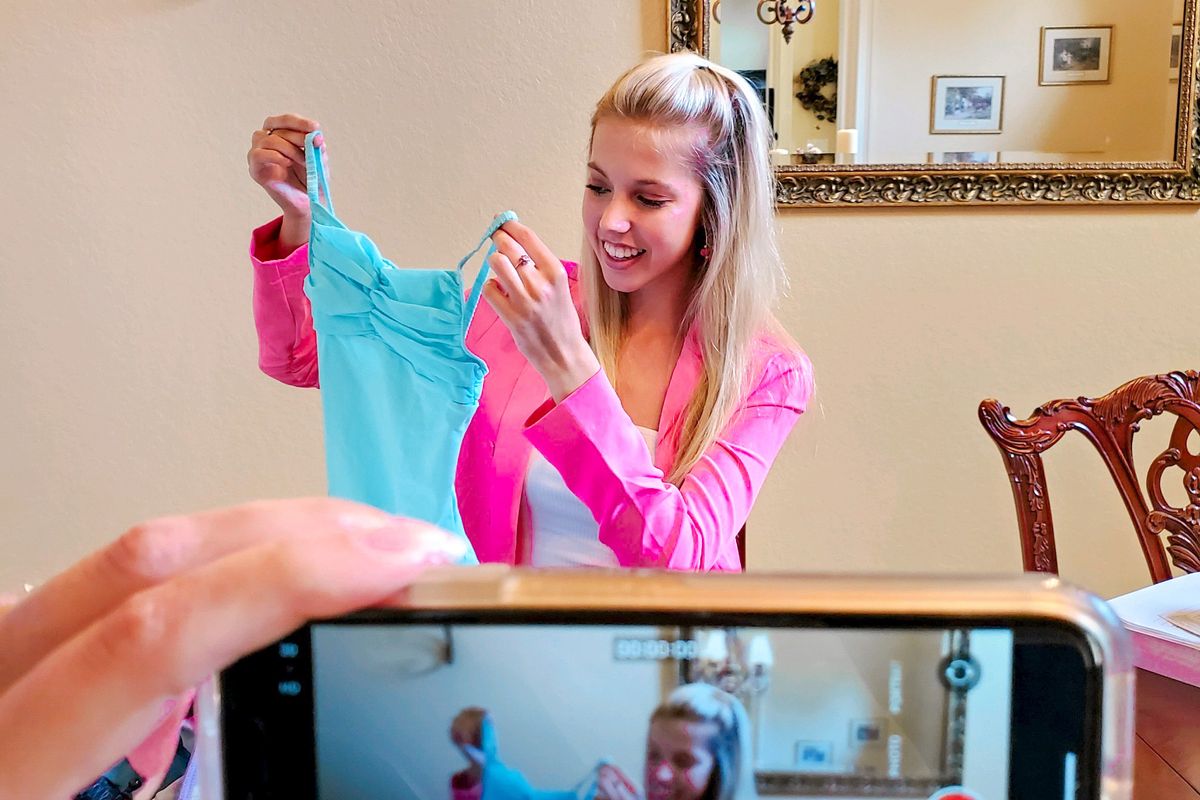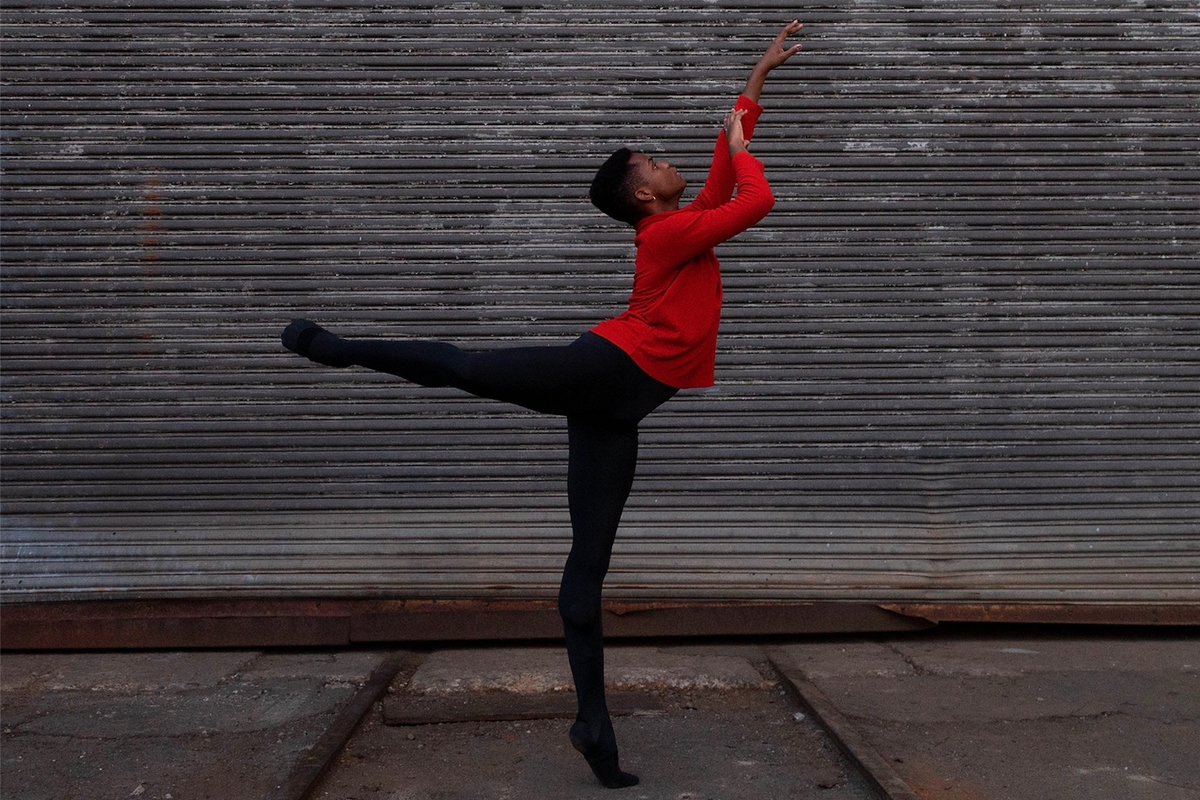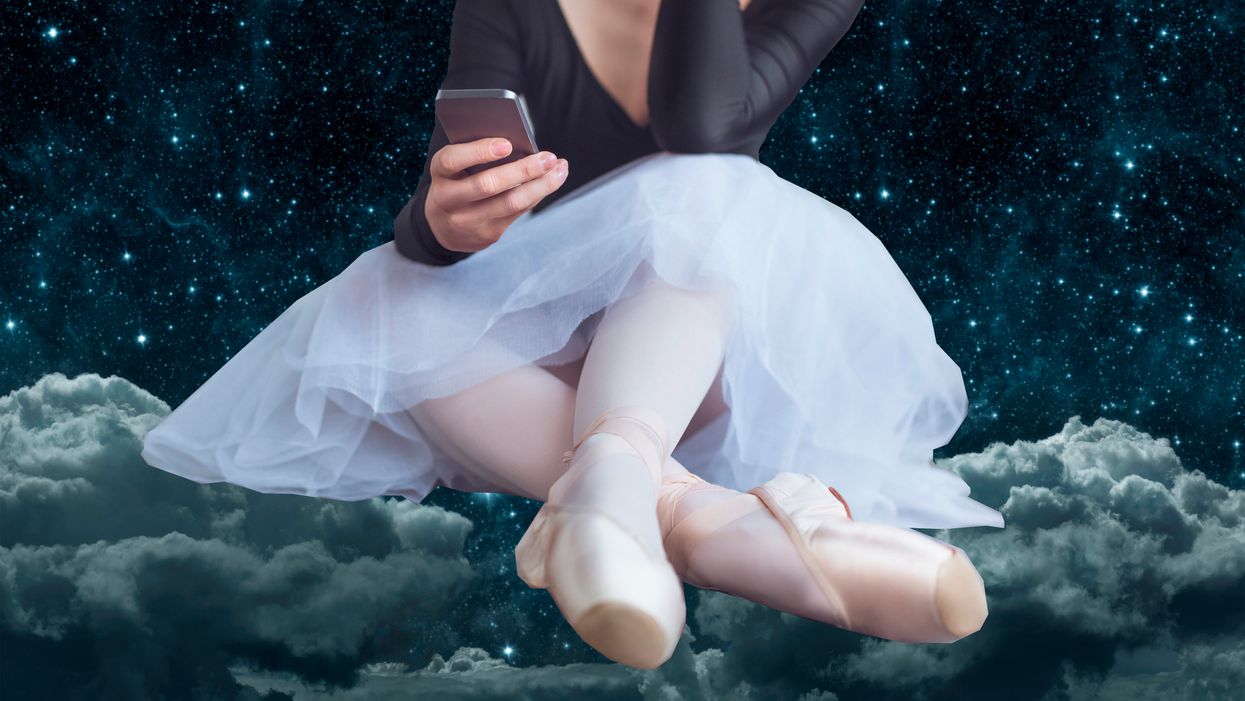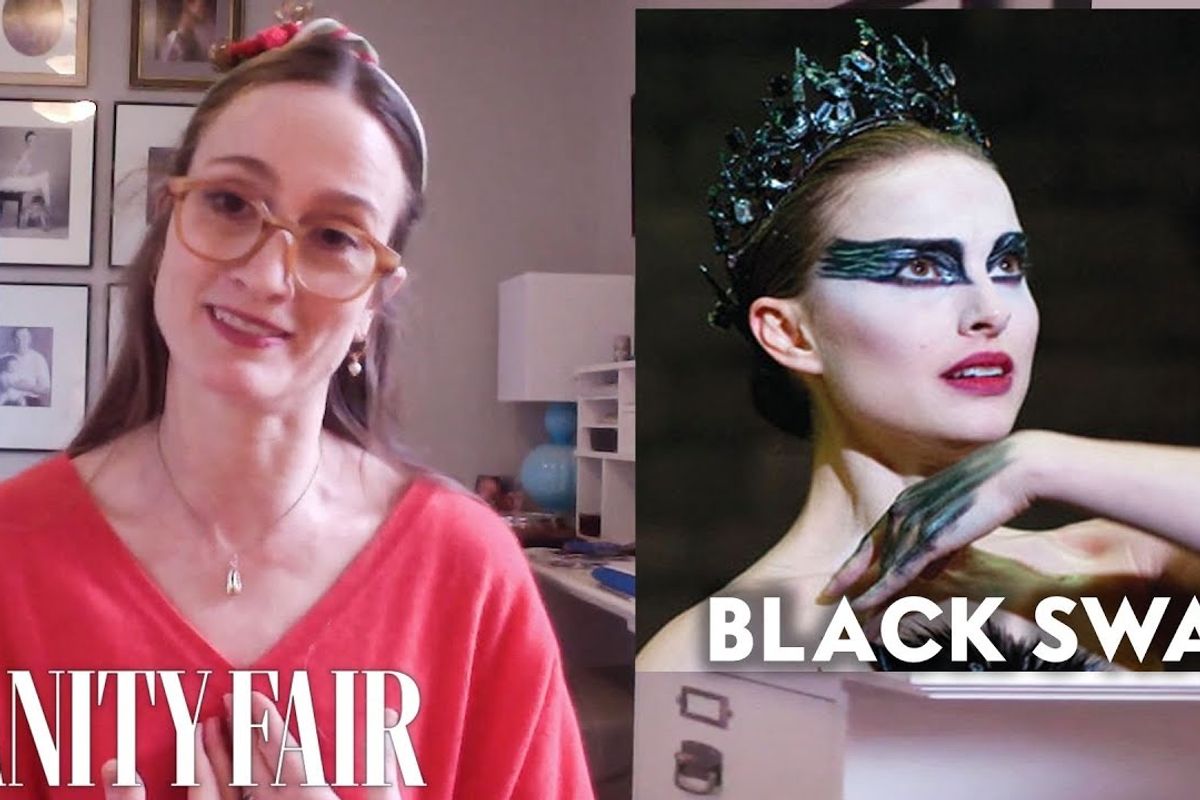
When School of American Ballet student Alexandra de Roos was 8 years old, she placed a collection box at her dance studio for others to donate their gently used dancewear. De Roos, now 17, has since turned that single collection box into a nonprofit organization that aims to minimize economic barriers in the performing arts with free dancewear and classes.
De Roos' organization, Peace Love Leotards, has collected about $2,600 of new and gently-used dancewear and $2,000 in grants and donations since formally launching in April. Dancers or studio owners can request items through a form on the organization's website.
"I knew that dancewear was really expensive and that a lot of students might not be able to do the thing that they love because it's cost-prohibitive," de Roos said. "I really wanted to create something to allow people to have the same experience of the love and joy of dance that I've been so grateful to have."
After SAB shifted its winter term online amid the COVID-19 pandemic, de Roos decided to expand Peace Love Leotards. She reached out to dance companies, resulting in partnerships with brands including Jo+Jax, Lone Reed Designs, RubiaWear and Wear Moi.
"To have them be like 'We want to help you with this and we love this idea and what you're doing is amazing,' that was really exciting to me," she said. "It was very heartwarming."
Jordan Reed, the creator of custom dancewear brand Lone Reed Designs, said she has donated seven items to Peace Love Leotards with plans to donate more consistently every quarter. Custom leotards often retail at higher prices, but Reed, a former Houston Ballet corps member, said the one-of-a-kind clothing offers an "extra bit of confidence, which can go more than a long way in a dancer's journey of training."
Paul Plesh, a sales director for Wear Moi in the United States and Canada, said the company donated 11 leotards after finding Peace Love Leotards' mission to be "commendable." Joey Dowling-Fakhrieh, the founder and creative director of Jo+Jax, said dancewear "can make a significant impact on a student's confidence, as well as how much they enjoy the process of learning dance."
De Roos has worked to expand Peace Love Leotards, Inc. rapidly in the past few months, but she first created the organization at eight years old after participating in a mentorship program with competitors in the Miss Florida and Miss Florida's Outstanding Teen pageants. The pageants, which are part of the Miss America Organization, require competitors to have personal platforms they advocate for as titleholders. As a competition dancer, de Roos instantly thought about the cost barriers to dance when wondering what her own future platform would be.
De Roos said she and her young classmates often outgrew nearly brand-new dancewear, so she approached her studio's owner about placing a collection box at the studio.
Barbara Mizell, who owns Barbara's Centré for Dance in Florida, said she was unsurprised by de Roos' proposal. De Roos always had "such a way of pushing herself and she never forgot those around her," Mizell said. As the box filled up, she distributed the dancewear to others at the studio, local schools with dance programs, and the local YMCA.
"When they could start to see that it was providing happiness for others, then it was almost like the kids couldn't wait to donate," Mizell said.
Nearly a decade after the Miss Florida organization inspired her to launch Peace Love Leotards, de Roos is now a titleholder herself, as Miss Gainesville's Outstanding Teen 2020. Her new mission for Peace Love Leotards is applying for grants, and she has already received a $1,000 grant from the Delores Barr Weaver Legacy Fund that will be used to fund a Title 1 school class.
"The whole organization behind Peace Love Leotards is the dancers," de Roos said. "Being able to help the dancers that are in need and being able to think about the dancewear that they're going to be receiving or have received has been truly amazing."











































